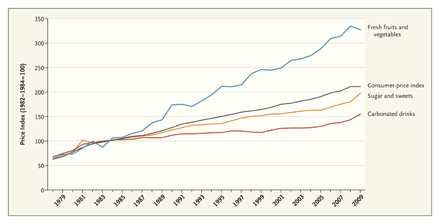The one thing I had to remind myself about “my” clinic here is that although I am not in the villages of Gujarat – the clinic is in the more rural areas of this city (Vodadora), but it also serves a majority of the villages’ population. The other day we had a family ride a bus for 4+ hours for this visit. We required them to get some blood work, and therefore, convinced them to take the bus the next day to allow for a thorough check-up. At first, I found myself comparing the patients those I took care of in Southern Maryland last month and felt so disheartened because these patients were so out of touch with the medical system, but I had to remind myself that I have to compare them to patients of Baltimore.
Today I think I want to focus on the fact that here, more so than America, patients are SO reluctant to believe in “medicine.” But that reluctance leads to an interesting pact. The way my doctor convinces his patients to take blood pressure medications, diabetes, or cholesterol medications – is by almost making a deal. That you can try to change your lifestyle, do yoga, take your herbs.. and in addition take this medication until we reach ____ goal. If you are able to do all that, and we reach that goal, then I will decrease/stop the medication… and we’ll see how it goes from there. Although this deal exists in the US, I haven’t seen doctors do it in such a forward manner there – its more implied. It is also more we have to stay on medications for life to maintain this goal… rather than the mentality that combining everything we may be able to maintain that goal without “external” medications. I think that integration is key because its hard to fight a battle against a disease while you’re also fighting the persons habits too, but its motivating to all when everything can be combined.
Obviously there are negative impacts of this disbelief in medicine as well, and actually almost disinterest in one’s health – in the past two days, I have seen more “resistant” diabetes and hypertension than I have in the US. These patients are stated to be on 2-3 diabetes medications or blood pressure medications, with really high blood sugar and cholesterol counts. But, I realized its not as much resistance, as non-compliance.

